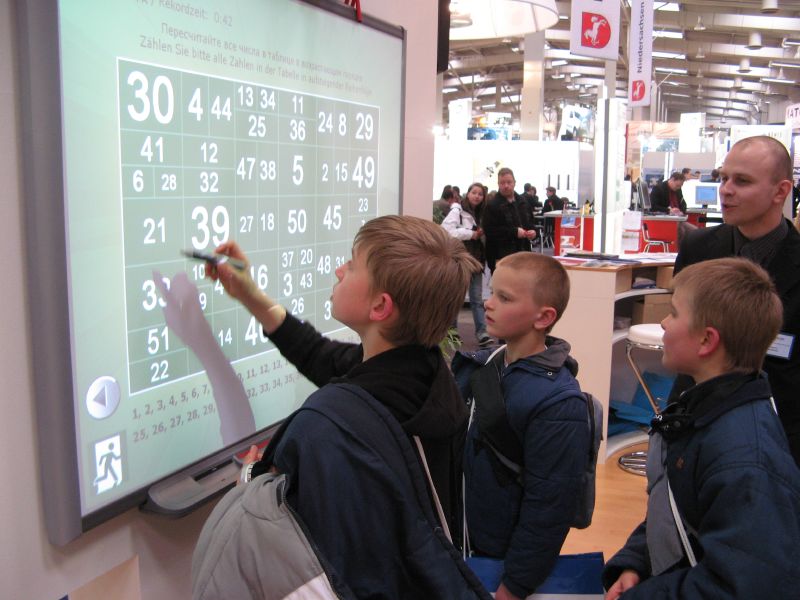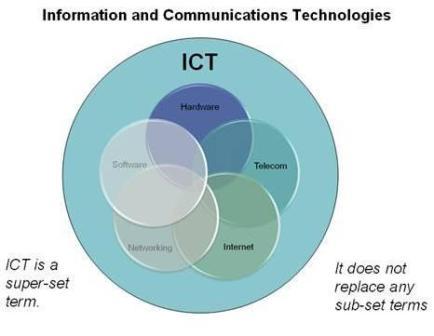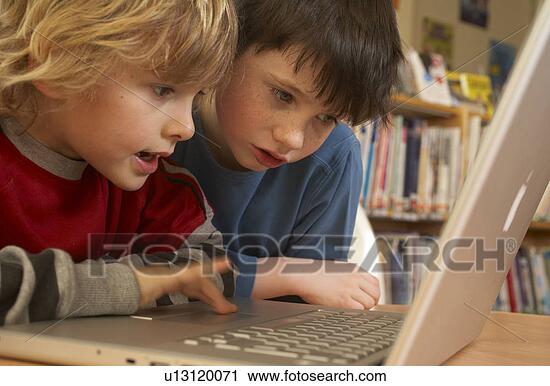The Traditional Classroom
 It may be observed that classrooms are usually arranged with neat columns and rows of student chairs, while the teacher stands in font of the classroom or sits behind his desk. This situation is necessitated by the need to maintain classroom discipline, also to allow the teacher to control classroom activities through lecture presentation and teacher-led discussions.
It may be observed that classrooms are usually arranged with neat columns and rows of student chairs, while the teacher stands in font of the classroom or sits behind his desk. This situation is necessitated by the need to maintain classroom discipline, also to allow the teacher to control classroom activities through lecture presentation and teacher-led discussions.The SCL Classroom
The problem with direct instruction approach to learning, however, is the fact that the world's societies have began to change. Of course, this change may not be strongly felt in many countries in which the economy longer depends primarily on the factory workers who do repetitive work without thinking on the job. the traditional classroom and direct instruction approach to learning conform to this kind of economies.
Generally, the new school classroom environment is characterized by student individually or in groups:
- Performing computer word processing for text or graph presentations
- Preparing power-point presentation
- Searching for information on the internet
- Brainstorming on ideas, problems and projects plans
- As needed, the teacher facilitating instruction, also giving individualized instruction to serve individual needs
REFLECTION
Student-centered learning environments have a heightened advantage over the traditional
teacher-centered, subject-centered environment in that they provide complimentary activities,
interactive in nature, enabling individuals to address their own learning interests and needs
and move forward into increasingly complex levels of content to further their understanding
and appreciate subject matter. The student learns to reason on his own to find a foundation
for venturing out with successful experiences under his belt. But in less developed countries, the traditional classroom is still applied even here in our country.





 Through computer technology, educators saw the amplification of learning along computer literacy. Much like reading, the modern student can now interact with computer messages, even respond to questions or to computer commands. Again like writing, the learner can form messages using computer language or program.
Through computer technology, educators saw the amplification of learning along computer literacy. Much like reading, the modern student can now interact with computer messages, even respond to questions or to computer commands. Again like writing, the learner can form messages using computer language or program. The computer is one of the wonders of human ingenuity, even in its original design in the 1950s to carry out complicated mathematical and logical operations. With the invention of the microcomputer ( now also commonly referred to PCs or personal computers), the PC has become the tool for programmed instruction.
The computer is one of the wonders of human ingenuity, even in its original design in the 1950s to carry out complicated mathematical and logical operations. With the invention of the microcomputer ( now also commonly referred to PCs or personal computers), the PC has become the tool for programmed instruction.